08th Feb 2024
“We bootstrapped it,” says co-owner Shae Kinsman. “Along with the deposit we had saved for a home, we sold some of our first vintage in bulk and part of our cellar to fund the business in the first three years before we released any wine.”
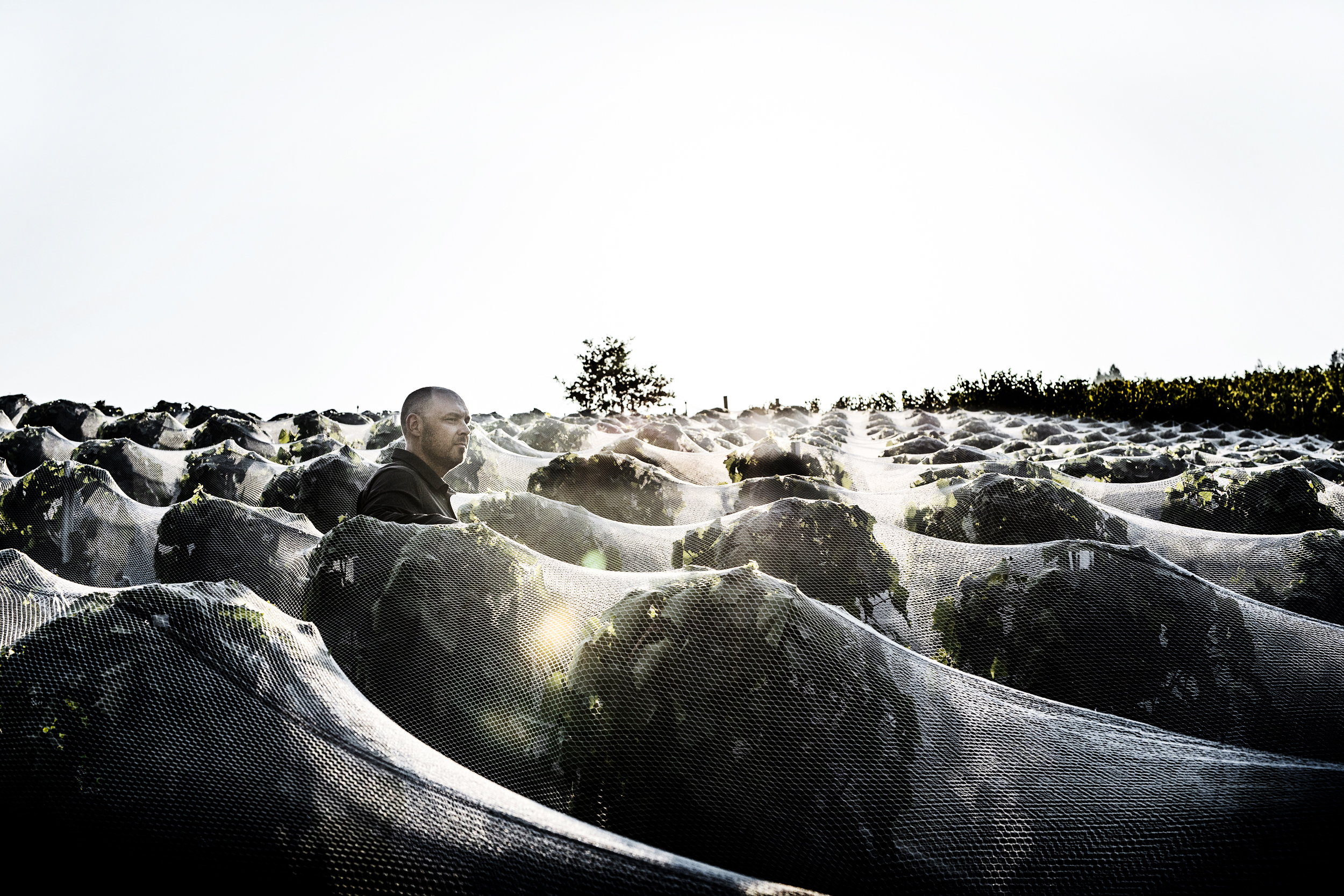
Bootstrappers
“Even with our tiny initial production, sourcing fruit, and not having purchased a winery, we dumped our house deposit and more into Kinsman Eades before we sold anything,” says Shae Kinsman, co-founder with her husband Nigel of Kinsman Eades, one of Napa Valley’s hottest new wine labels. “We bootstrapped it. We had three young kids, but we took a huge bet. Along with the deposit we had saved for a home, we sold some of our first vintage in bulk and part of our cellar to fund the business in the first three years before we released any wine.”
Napa Valley is a long way from Nigel’s and Shae’s homeland, Australia. From the beginning, that was the point.
“We were living in Margaret River,” Shae tells me. “And we were both working for leading wineries—Cullen and Voyager Estate—in a breathtaking region where the surf break dictates whether you have a harvest crew or not. At breakfast one morning, we looked at each other and said, ‘This could easily be our forever. But we’re not ready for forever. We need to get out there.’ We didn’t want to simply travel. We’d done the backpacking/dual vintage thing. Instead, we wanted to live and work in a wine region that was really pushing boundaries. So, we started networking and applying for jobs. We didn’t have the corporate connections that many Australians leverage to find a path overseas. We just reached out to people we knew, and within a month, we both had job offers in Napa. We moved with two suitcases and a negative bank balance to very average-paying jobs. We were in our early 30s, and we were ecstatic to be in the Napa Valley and to have the opportunity to learn.”
Nigel took a position with Jan Krupp at Stagecoach Vineyard, while Shae went to work for Old Bridge Cellars, a Napa-based importer specializing in Australian wines.
“We spent the next ten years getting to know the people, the land, and the business of wine in the US,” says Shae. “Nigel soaked up everything he could on rootstocks, clones, and the diverse soils that comprise Napa Valley. I learned all I could about importing and three-tier distribution in the US. We were so green—both subjects were entirely new to us, being from Australia where many vines are own-rooted, and you can sell wine to any state you like without a license!”
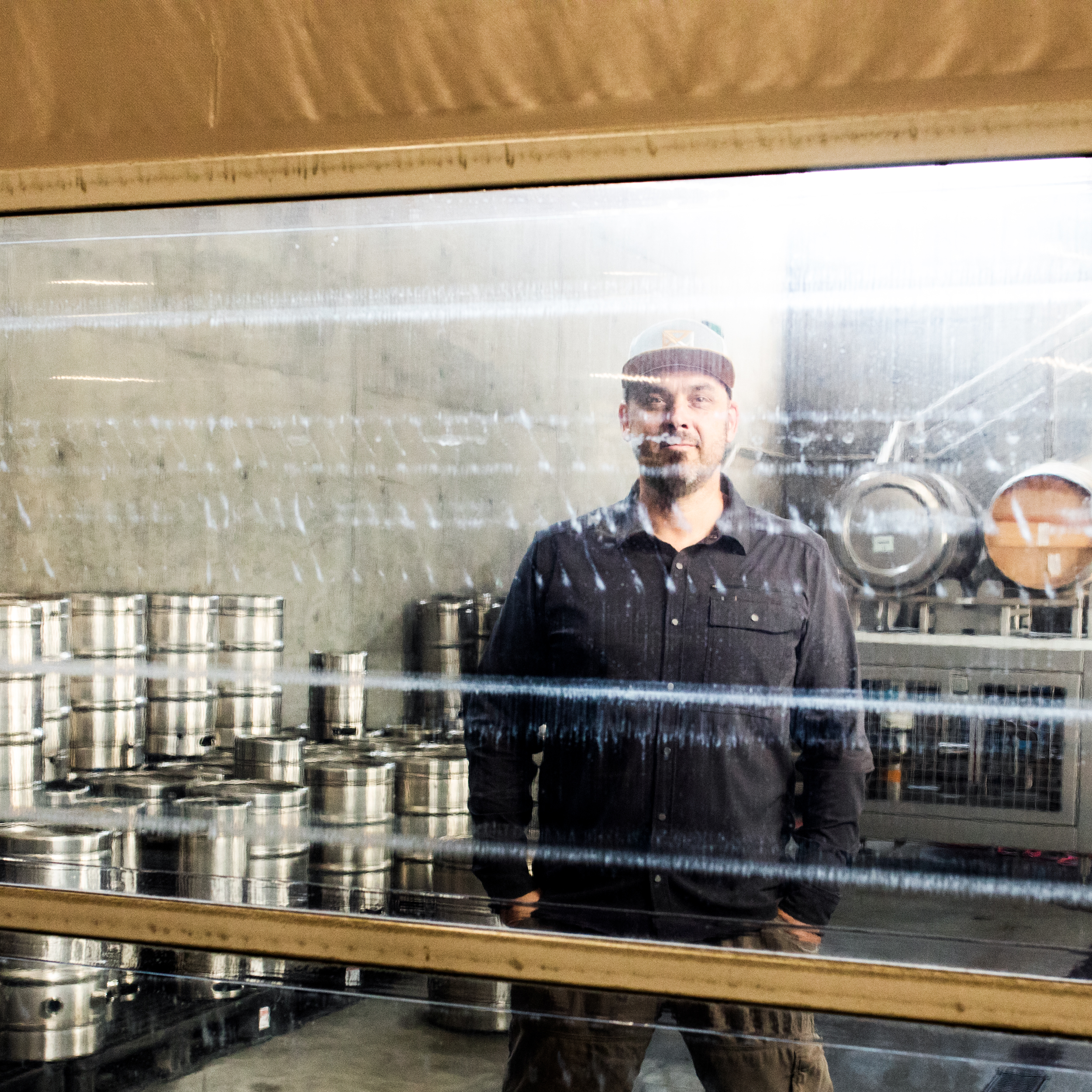
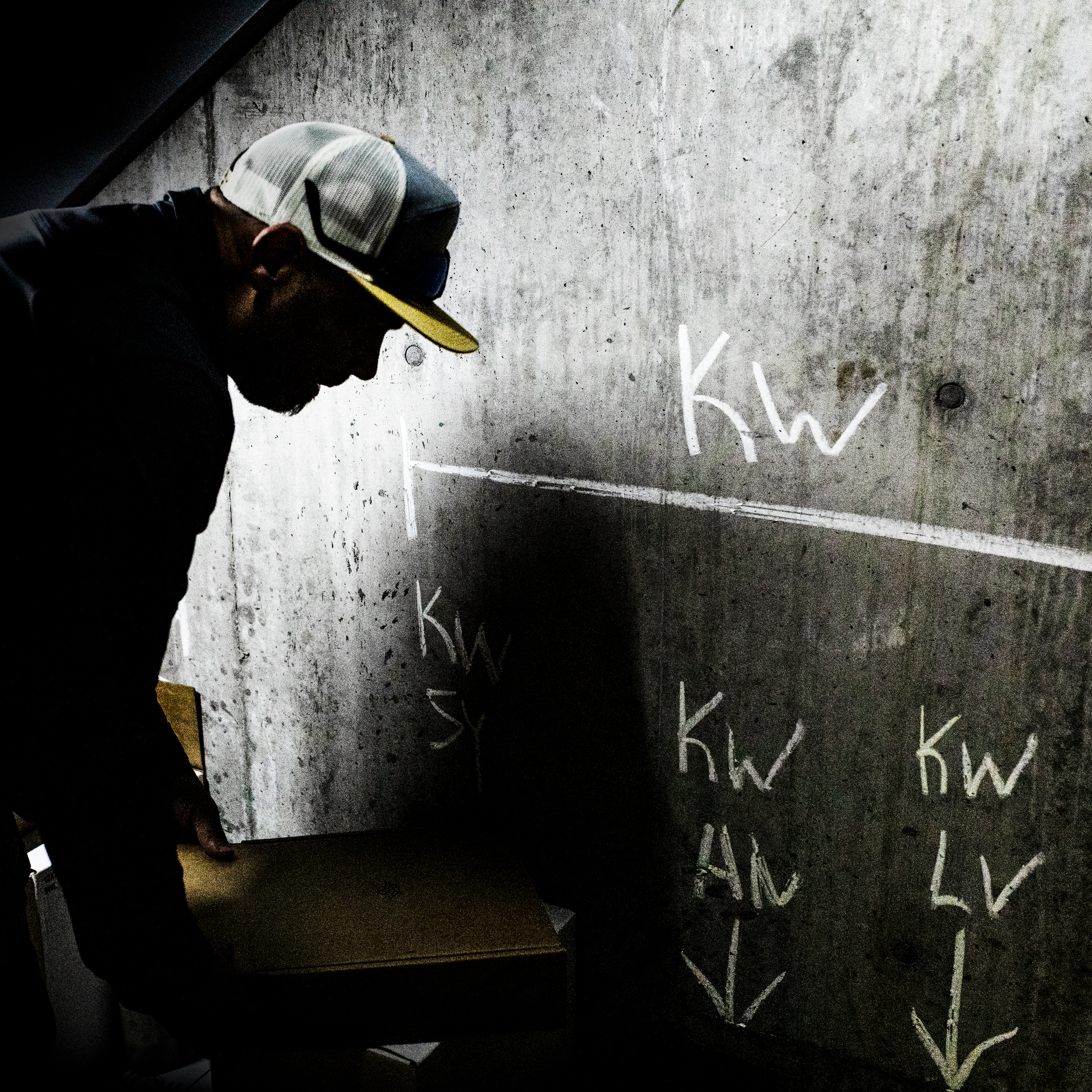
The Kinmans took to Napa, and Napa took to them. They soon caught the attention of winemaking glitterati.
“Nigel moved to Araujo Estate to take over day-to-day winemaking and work with consultant Francoise Peschon,” explains Shae. “And I took a role managing David Abreu’s wine business. Both were amazing positions where we learned so much. When the Araujos sold Eisele Vineyard, Nigel stayed on with the new owners for two and a half years but also began consulting. A year later, he had assembled a handful of clients for whom he was making high-end Cabernet Sauvignon, but truth be told, the long game was always to make his own wine.”
Nigel quickly proved to be a sought-after winemaker. Business was good, but he yearned to make his own wine. Shae, who runs the finances for their business, was hesitant.
“We’d both studied and worked in the wine industry for decades, so we knew what we were doing, but that was part of the problem for me,” says Shae. “I knew he’d put a killer wine in the bottle, but I also knew intimately the work that was involved in getting a small brand off the ground…and that this part of the business would fall to me! In addition, I was looking at the spreadsheets. The fact we didn’t have the deep pockets necessary to buffer against the risk of failure scared me.”
Then, in 2015, Nigel took on a client on Diamond Mountain who had just bought the old Reverie Vineyard. He made wine for them that year and fell head over heels in love with the place, the wines, and the vineyard.
“It’s a really special piece of land, just a stone’s throw from Diamond Creek, but with a terroir all its own,” remembers Shae. “He came home one day in early 2016 telling me that he’d convinced the owners to sell him a small amount of fruit from the 2016 crop. I was irate because we’d had this conversation many times, but he was insistent that we could do it, that it was just 100 cases. I was pregnant with our third child at the time, and I was staring at the horrid flowery, striped wallpaper that graced the walls of our rented home in St Helena. We had a deposit saved for a home, but I knew it was either a home or a wine brand; we couldn’t do both. I looked at him, asking myself why the hell I had married a winemaker…and told him to go for it. And we put the flower from that godforsaken wallpaper on our bottle to remind us every day of that moment, that decision.””
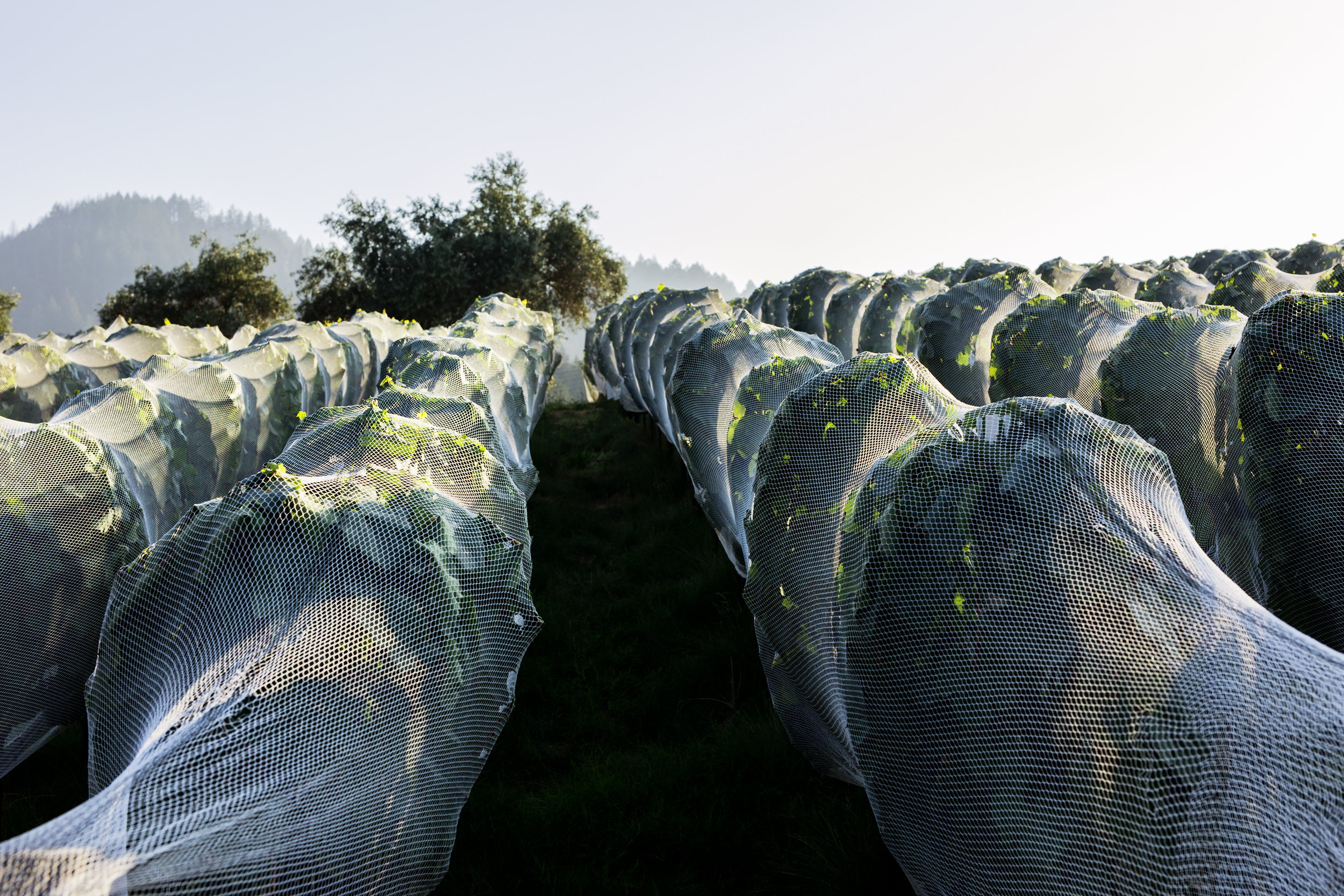
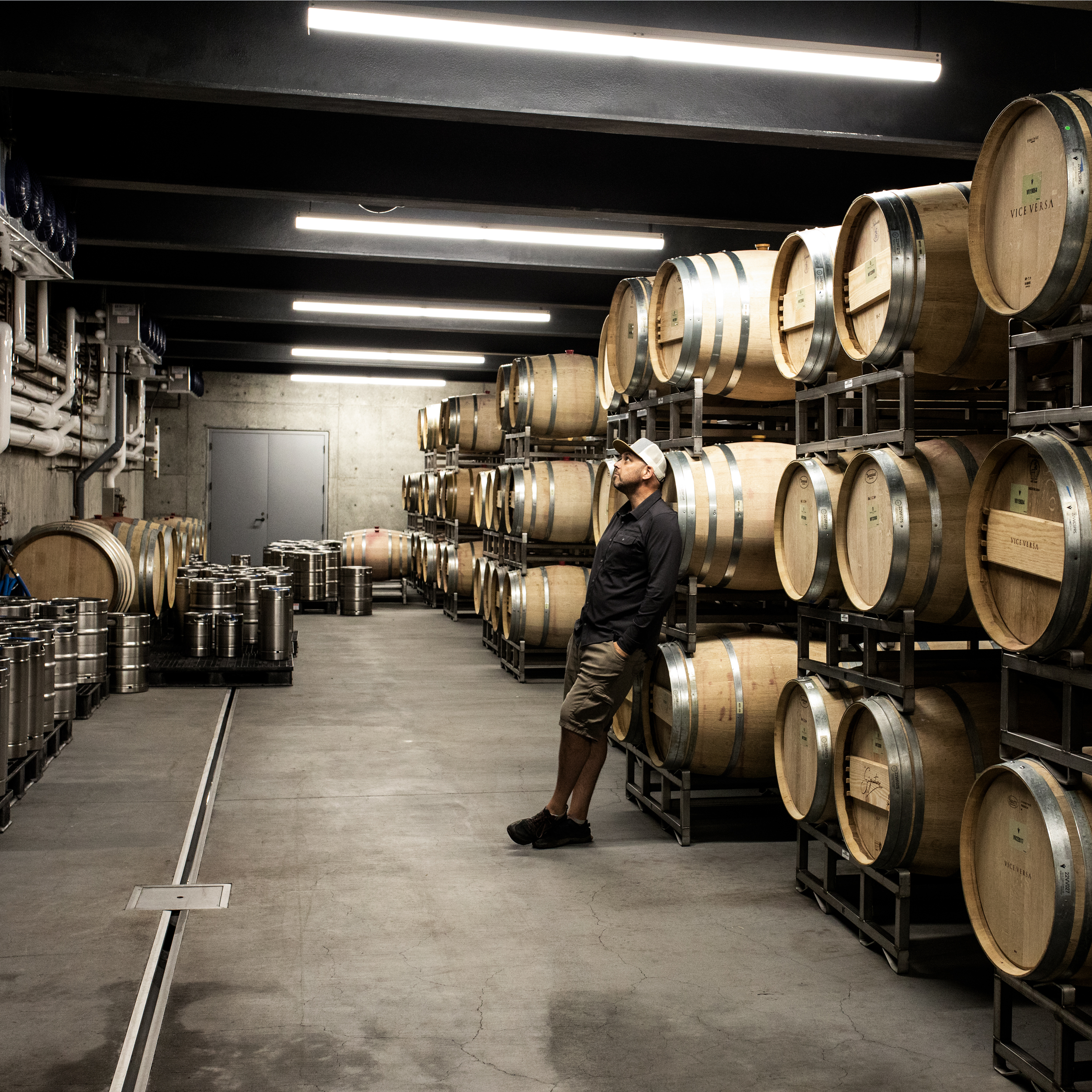
"We’re trying to make characterful wines that speak of something greater than maybe even we understand."
From Nigel’s first discovery on Diamond Mountain, part of Kinsman Eades’s unique selling point has become the unearthing of Napa’s hidden-gem vineyards, with which they have insider experience.
“We bought fruit from unsung vineyards,” says Shae. “The likes of Napa’s highest-end fruit was out of our price range. But we also weren’t afraid to tell a story, to find a gem, dust it off, and share our love for it with the world. As we’ve grown and put some runs on the board, doors have opened for us, allowing us to access more well-known fruit (VHR, Ecotone), but we still love finding those hidden gems and showing the world how special they are. Put simply, our goal is to find compelling vineyards that speak of both place and time and amplify that expression with the pursuit of character over perfection. We’re not trying to make perfect wines. We’re trying to make characterful wines that speak of something greater than maybe even we understand.”
I meet with Nigel at Wheeler Farms, where Kinsman Eades is made, to taste through the couple’s new 2021 releases.
“Shae would love to be here,” he explains, “but one of us has to look after the kids.”
After a non-existent 2020 vintage because of the wildfires/possible smoke taint, as well as the replanting of Geeslin Vineyard (the site behind the La Voleuse du Chagrin label), it is great to see several new labels for 2021.
“We’re growing slowly and organically,” says Nigel. “Fortunately, we’re now in a position where we sell out within a few hours. We could have made much more wine. It’s easy to go out and make Napa Cab and slap a label on it, but that’s not what we do.”
For 2021, Nigel and Shae have produced seven labels, including the “Rhadamanthus Cabernet Sauvignon,” which has been made from the beginning from the vineyard formerly known as Reverie Vineyard on Diamond Mountain. “Anjea Cabernet Sauvignon,” from Sleeping Lady Vineyard in Yountville, also continues to feature. But, as mentioned, there won’t be a “La Voleuse du Chagrin Cabernet Sauvignon” for a few more years because the Geeslin Vineyard source is being replanted.
“We’ll get a small crop off it in 2024,” comments Nigel. “But we probably won’t see a single vineyard bottling from here until 2028. Meanwhile, it will go into the Hierothesion blend.”
The Hierothesion Cabernet Sauvignon is new from 2021.
“We wanted a more affordable wine that people could open any time and feel good about, so we made the Hierothesion Cabernet blend from declassified barrels,” says Nigel. A Hierothesion is a burial ground, and the label is an artist’s rendering of one from Turkey.
Also new in 2021 are four single-vineyard labels. “Kodo Cabernet Sauvignon” is from a long-established vineyard is in Oakville (that can’t be named), very close to Vine Hill Ranch and Missouri Hopper, and was recently replanted. Kodo is Japanese for “heartbeat.” The 2021 Aphex Cabernet Sauvignon, co-fermented with 19% Petit Verdot and 2% Cabernet Franc, comes from Ecotone Vineyard (formerly Abreu’s Thorevilos Vineyard), straddled between St. Helena and Howell Mountain. The 2021 “Kaannos Cabernet Sauvignon” (Kaannos means “translation” in Finnish) is from Vine Hill Ranch, all sourced from Block 4.
“One of the things that has allowed us to hit the ground running was experience with all these vineyards,” says Nigel. “From making wine for Araujo Estate and then Accendo, I got to know intimately all these amazing Napa vineyards. I’ve worked with Vine Hill Ranch fruit for thirteen vintages. When Eisele Vineyard (formerly Araujo Estate) recently gave up sourcing from there for the second label, Bruce offered me the same rows I’d been working with all those years.”
There is also a new 2022 white wine among this year’s new releases. The 2022 Aisana Sauvignon Blanc, with 25% Semillon in the blend, is from the Rancho Pequeno Vineyard owned by Bart and Daphne Araujo. Aisana means radiant one or one like the moon in Turkish.
"For me, texture in red wine is the most important thing."
“Every single one of these wines is a single tank fermentation,” Nigel points out. “I have to get every tank absolutely spot on. There is no blending session. I do nearly all the work myself. I’m here at Wheeler Farms every day. This is kinda a Rolls Royce facility, though. I hold off on sulfuring after malo-lactic, and I stir the lees frequently. I like that modification of the tannins and anthocyanins when you hold off on the sulfur. For me, texture in red wine is the most important thing.”
After our tasting, I follow up with Shae and ask her if it is possible for young bootstrappers to compete with the many deep-pocketed players that now dominate Napa Valley.
"There are no shortcuts."
“Yes, I believe so,” she says. “There are no shortcuts. It’s hard work, but I truly think involvement and authenticity pay off. We’re involved in every facet of the business. Aside from making the wine, we host all our tastings, we sign every letter, we answer emails. People know who we are and know we care. We have always told our story honestly, and we have a strong base supporting us every step of the way. 2020 was a significant challenge because we didn’t bottle any Cabernet, so we were looking at a whole year without revenue and no library inventory or cash reserves to support us. We invited our mailing list to purchase our 2021s as futures, and over 90% of our list stepped up. It was quite a humbling moment for us to know that all those people were rooting for us.”
–
Article & Reviews by Lisa Perrotti-Brown MW
Photography by Svante Örnberg
See more work from Svante at svanteornberg.se by clicking here!
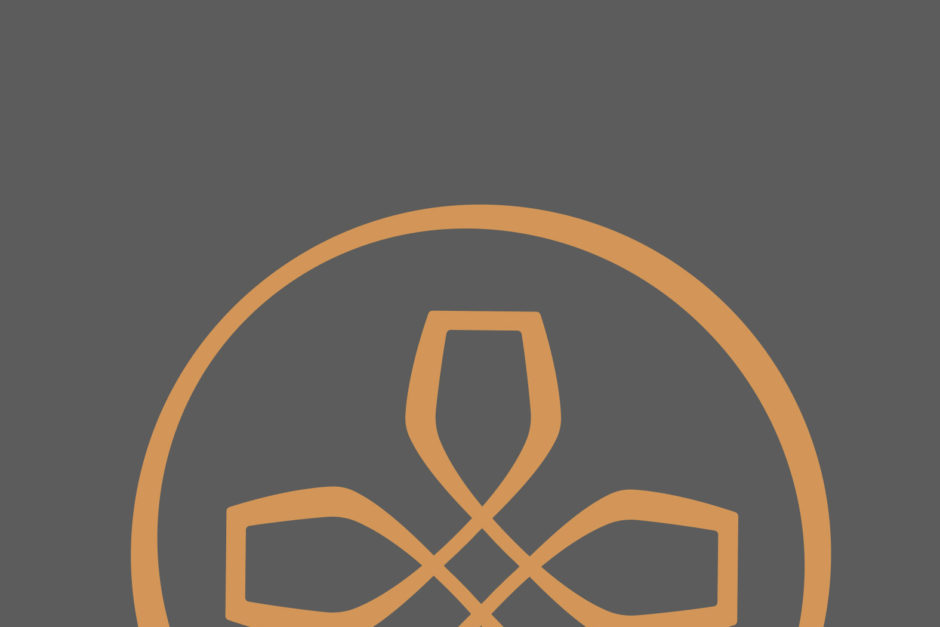
PRODUCERS IN THIS ARTICLE
> Show all wines sorted by scoreMore articles

Bordeaux 2023 Vintage Report and Reviews from Barrel
09th May 2024
649 tasting notes

Cathiard Vineyard New Releases
02nd May 2024
3 tasting notes
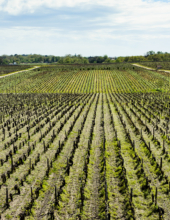
Bordeaux 2023 Preliminary Vintage Report and Reviews from Barrel
29th Apr 2024
56 tasting notes
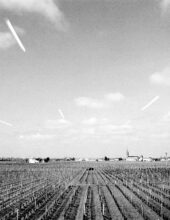
2021 Bordeaux in Bottle and A Modest Proposal
24th Apr 2024
599 tasting notes
Show all articles